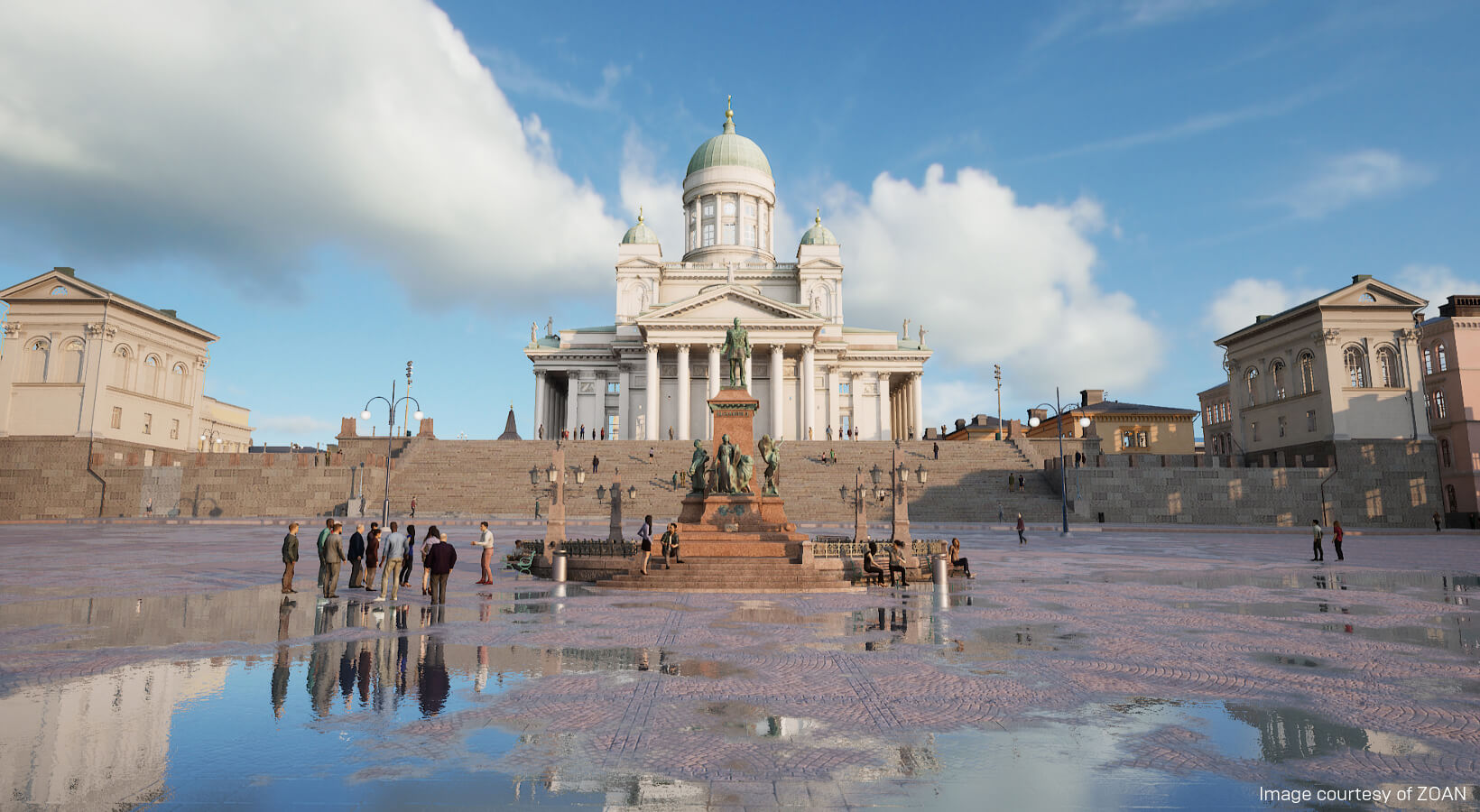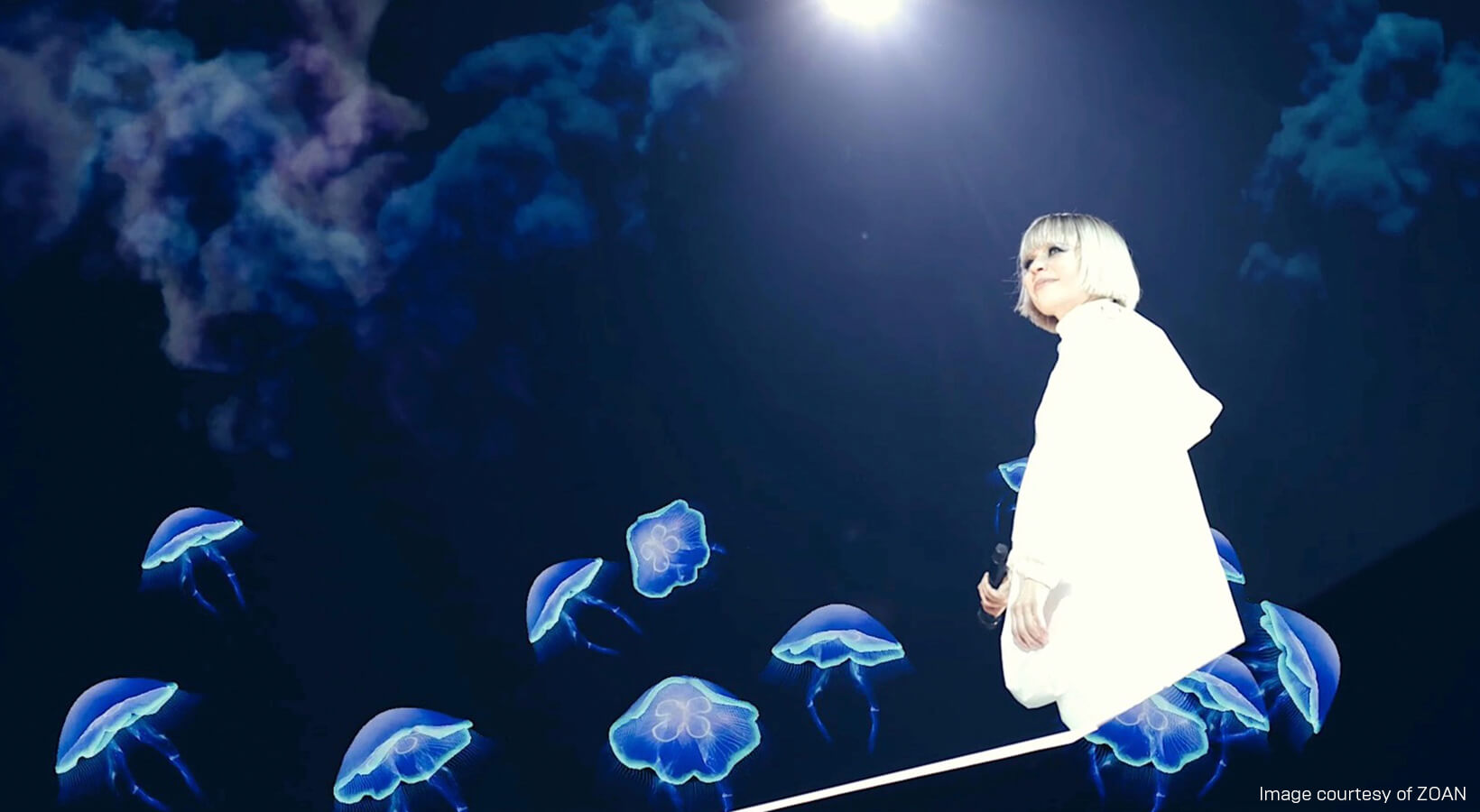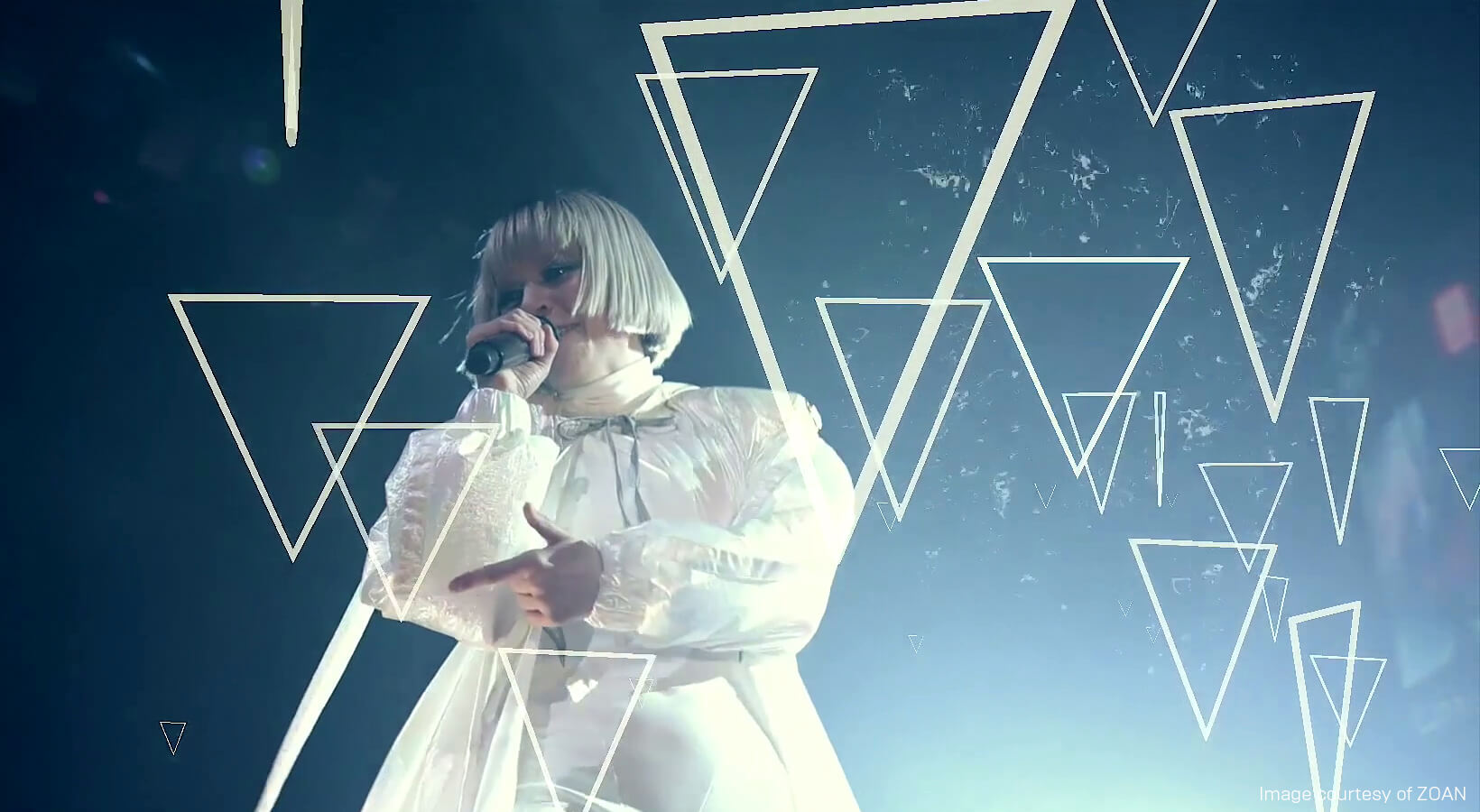Building virtual cities and digital twins with Unreal Engine
If you could replicate an entire city in 3D, the possibilities would be endless. Real estate could be bought and sold with prospective clients touring houses and neighborhoods in VR. Planners could test out urban designs and assess their impact on traffic and the environment. Virtual tours of key attractions could boost tourism. You could even host VR concerts, connecting music fans from around the world.
One visualization studio has achieved just this. Zoan is a Finnish company that uses real-time technologies to create different kinds of immersive experiences across a range of sectors. The studio’s passion project over the past few years has been a virtual recreation of the Finnish capital city, Helsinki.
Virtual Helsinki is just one of many projects the studio has worked on that share a common ethos: supercharging ROI by creating many different types of content from one model. “Using Unreal Engine, we can create animation, images, VR, 360 tours,” says Miikka Rosendahl, Founder and CEO of Zoan. “This is a totally new concept for clients, because they used to just pay for that one image. Now, they get all types of content.”
A digital 3D replica of Helsinki
Virtual Helsinki is a 3D digital copy of the city that can be used for everything from VR experiences to real-estate solutions. It’s been leveraged by Business Finland to promote Helsinki at events such as Slush Singapore, and formed part of Finland’s technology showcase when the city was named the 2019 European Capital of Smart Tourism.

Spotlight_Zoan2_blog_Image_6.jpg
Developing a digital replica of a city naturally involves working with huge datasets. This is one of the reasons Zoan turned to Unreal Engine to build the environment. “Dealing with large city files was previously unthinkable if we tried to use traditional 3D modeling software,” explains Jonathan Biz Medina, Partner and CPO at Zoan. “Unreal Engine was able to give us real-time previews of such high quality that we fell in love with it, and we’ve been using it ever since.”

Spotlight_Zoan2_blog_Body_Image_2.jpg
In fact, the visual quality factor is one of the reasons the studio switched to Unreal Engine from an alternative solution. “In the beginning, we actually started with another game engine, but we were always lacking that visual quality,” says Rosendahl. “Then we saw some content pieces created with Unreal that were so visually stunning that we said ‘OK, if we want to achieve that level of photorealism, this is the way to go for us.’ ”

Spotlight_Zoan2_blog_Body_Image_3.jpg
While some of the team were initially cautious about making the switch, any fears were quickly allayed once they dived in. “When they realized you have all these cool new tools such as Blueprints that enable you to achieve way more, quicker, they saw that this was actually much easier than they thought,” says Rosendahl.
The Blueprint visual scripting system puts Unreal Engine’s programing tools at the fingertips of non-programmers via a system that is visually-orientated rather than code-orientated. It provides a gateway into real-time workflows for less technically minded members of teams.
For team members versed in C++, on the other hand, open access to Unreal Engine’s source code provides the freedom to customize and extend the engine. This was another reason Zoan decided to switch real-time tools. “That’s something that we couldn’t do with the other game engine,” says Rosendahl.
Digital twins with virtual buildings and IoT technology
Zoan also provides architectural visualization through Zoan Digital Building—a virtual design and construction service. Real-time technology is the driving force behind this offering. “Before, we were too dependent on rendering an image and waiting for the client to approve it,” says Medina. “Unreal gave us the ability to make those changes in real time, so we no longer have to wait hours for one image to appear.”

Spotlight_Zoan2_blog_Body_Image9.jpg
This has had a significant impact on the studio’s turnaround times, much to the delight of its clients. Miikka recalls a recent archviz project on which Zoan switched from traditional rendering to real-time rendering halfway through the project in order to deliver on time. “The client didn’t see any difference in the quality, and now they were getting their new iterations quickly,” he says. “They were like, ‘What happened?’ We said, ‘That’s our new technology. That’s Unreal Engine.’ ”
Now Zoan can complete 90% of their projects in house, visiting the client’s office to finish the last 10% for small tweaks such as swapping out furniture variations. “That would never have been possible with traditional rendering,” says Rosendahl.

Spotlight_Zoan2_blog_Body_Image_7.jpg
Leveraging the power of real-time technology has fundamentally flipped the archviz business model for Zoan. Using traditional rendering, the studio would sell images and seconds of animation. With photorealistic interactive environments at its disposal, that paradigm no longer makes sense. “Now, it’s more about selling square meters and creating that space with cool lightning,” says Rosendahl. “Then we can just take screenshots and create animation in real time, which there was no way of doing with a traditional rendering pipeline.”

Spotlight_Zoan2_Blog_Body_Image_11.jpg
The advent of real-time ray tracing has meant that the quality of work the studio can deliver has skyrocketed. “It was a very exciting moment for us when ray tracing came into the picture, because we were able to tell clients that we could deliver the same quality as traditional renderings and mass-produce the content,” says Rosendahl. “It has been totally groundbreaking for us.”
Zoan has started to go beyond architectural visualization to experimenting with digital twins, leveraging Unreal Engine to create physical user interfaces that can be used to interact with third-party data such as people flow or data from Internet of Things (IoT) sensors.
The idea came about after the studio realized it was creating realistic digital 3D models for clients that were then often discarded after the marketing phase was over. “We thought we could provide lifetime value for our clients,” says Rosendahl. “With real-time technology, we realized we could pull in IoT data that could be visualized in the digital twin that we created.”
Augmented reality for live entertainment
Beyond architectural visualization, digital twins, and virtual cities, Zoan is also active in the fledgling XR live entertainment industry. A recent project saw the studio collaborate with Warner Music Group and Finnish singer-songwriter Vesala for the artist’s live show at the largest indoor arena in Finland. “We made this spectacular augmented reality experience where the audience could share a synchronized AR layer for the whole duration of the concert,” says Laura Olin, COO and Partner at Zoan.

Spotlight_Zoan2_blog_Body_Image_5.jpg
The audience was able to view visual effects such as blooming flowers and shooting stars via mobile phone, which synchronized with Vesala’s songs. “What real-time technology allows us to do, especially AR, is break the boundaries of creativity,” says Medina. “We can give creators freedom to create whatever they want and explore artistic possibilities that are no longer bound by physical reality.”

Spotlight_Zoan2_Blog_Body_Image_10.jpg
Whether it’s opening up new creative avenues for performers like Vesala, or providing diverse marketing materials for real-estate developers, Zoan is convinced real-time technology is set to transform the industries it operates in. The studio predicts all its clients will soon start to look beyond the limitations of traditional processes. “They’re not going to be satisfied with their long rendering times anymore,” says Rosendahl. “They’re not going to want to wait to make the design iterations. It’s game-changing.”
Waving goodbye to long render times will come as something of a relief to the Zoan CEO, too. “I would say I’m pretty traumatized from render farms,” says Rosendahl. “We have spent so much money getting something and it not being right. Being able to say ‘that’s history for us’ just makes us super happy.”
Source: Unreal Engine

熱門頭條新聞
- DevGAMM Lisbon 2024 celebrates another successful edition with more than 750 attendees from around the world
- Wait What’s That – A VRy Unique Take On A Classic Drawing Game – Out Now For Free On Meta Quest!
- Slow-Motion Collapse: How Nostalgia, Streaming, and Short-Sightedness Undermined Hollywood’s Future
- PBS NOVA / GBH JOINS THE PRODUCTION OF ZED AND ARTE’S PREMIUM DOCUMENTARY THE LOST TOMBS OF NOTRE-DAME
- Biopunk Action Title Sonokuni Launching Early 2025
- LifeAfter Season 7 “The Heronville Mystery” Brings a Brand New Folklore Horror Theme for a Unique Survival Experience
- 2024 Developer Showcase and look ahead to 2025
- Jumping Jazz Cats will launch on PC January 30th
